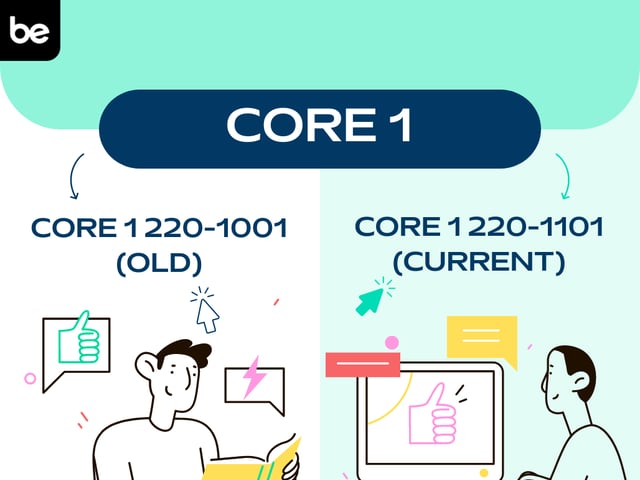
What’s the Difference Between 5G, 4G, 3G, and LTE?
3G, 4G, LTE, and 5G are all components of the original first generation of radio signals, which was used to revolutionize mobile communications. Each subsequent generation built upon the previous to offer increased speed and functionality to mobile users. The International Telecommunication Union developed the International Mobile Telecommunication (IMT) standards to define broadband mobile systems, by which the newest generations of mobile communications are classified.
What Is 3G?
The third generation of wireless communication technology, which meets the criteria for IMT-2000, is 3G. It uses spread spectrum technology to deliver faster data rates than previous generations. Spread spectrum technology takes a narrow bandwidth and spreads it out to create a broad bandwidth. This allows for more data to be transferred over the network simultaneously, increasing speed. 3G uses the 25 mHz bandwidth to deliver a network speed of up to 7.2 Mbps.
What Is 4G?
Classified as IMT-Advanced, 4G is an extension of the previous generations, which created a single functional broadcast network by connecting previous generation technology and infrastructure as well as wireless local area networks (WLAN) resulting in an ultra-broadband network. The use of this hybrid network allows for a significant increase in speed. The 100 mHz bandwidth is used by 4G to deliver network speeds of up to 150 Mbps.
What Is LTE?
LTE stands for Long Term Evolution and is not technically an IMT standard. When 4G was first launched, the speeds it promised were theoretical and most 4G services did not even approach the advertised network speeds. LTE was coined as a clever way to market the progression toward full 4G functionality. However, over time, LTE became an industry marketing standard and has now been used to signify full 4G functionality through the moniker 4G LTE-Advanced (or 4G LTE-A).
What Is 5G?
The next generation of mobile communications development is 5G and it is specified through the IMT-2020 standard. It utilizes previous network infrastructures and MIMO smart antennas to deliver exceptional speed through the use of millimeter waves (MIMO stands for multiple-input, multiple-output). At its peak bandwidth, 5G delivers data through the 30 GHz to 300 GHz range. The use of these millimeter waves allows for significantly more data to be sent simultaneously without slowing down the network. However, 5G requires a significant amount of infrastructure to deliver the promised 20 Gbps network speed, with true 5G functionality not to be reached for many years.

Keep Reading

Computing Technology Industry Association A+ Core Series Exam Blog
What’s in the 2022 CompTIA A+ Core Series Exam Revision?
Every three years, the CompTIA exam is revised. This is not surprising …

Computing Technology Industry Association A+ Core Series Exam Blog
Is the CompTIA A+ Worth It?
While other industries are scrambling to stay afloat in today’s tumultu…

Computing Technology Industry Association A+ Core Series Exam Blog
How to Design an Effective Password Policy
A password policy is a set of rules that are placed on password creatio…